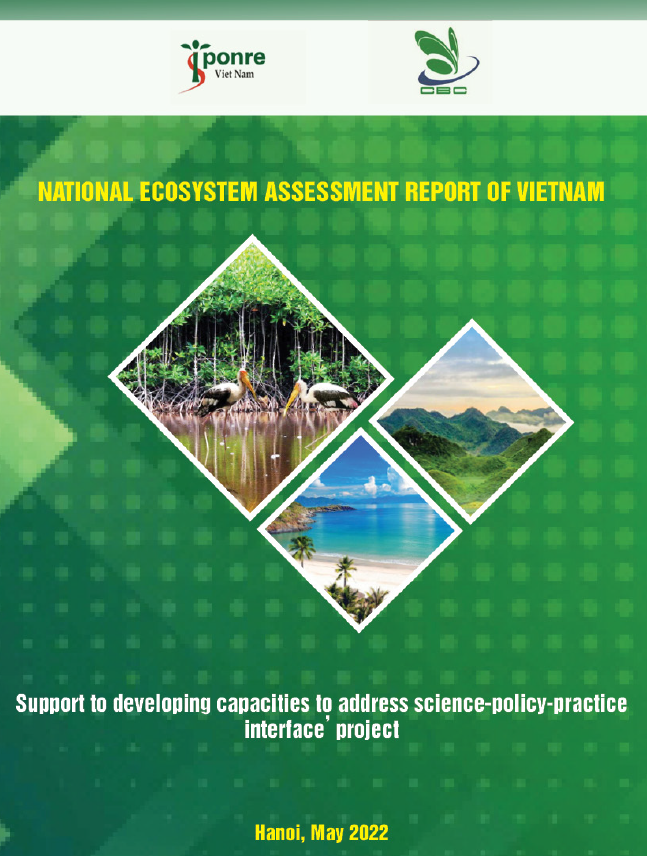Wetlands are at the heart of human well-being in Vietnam
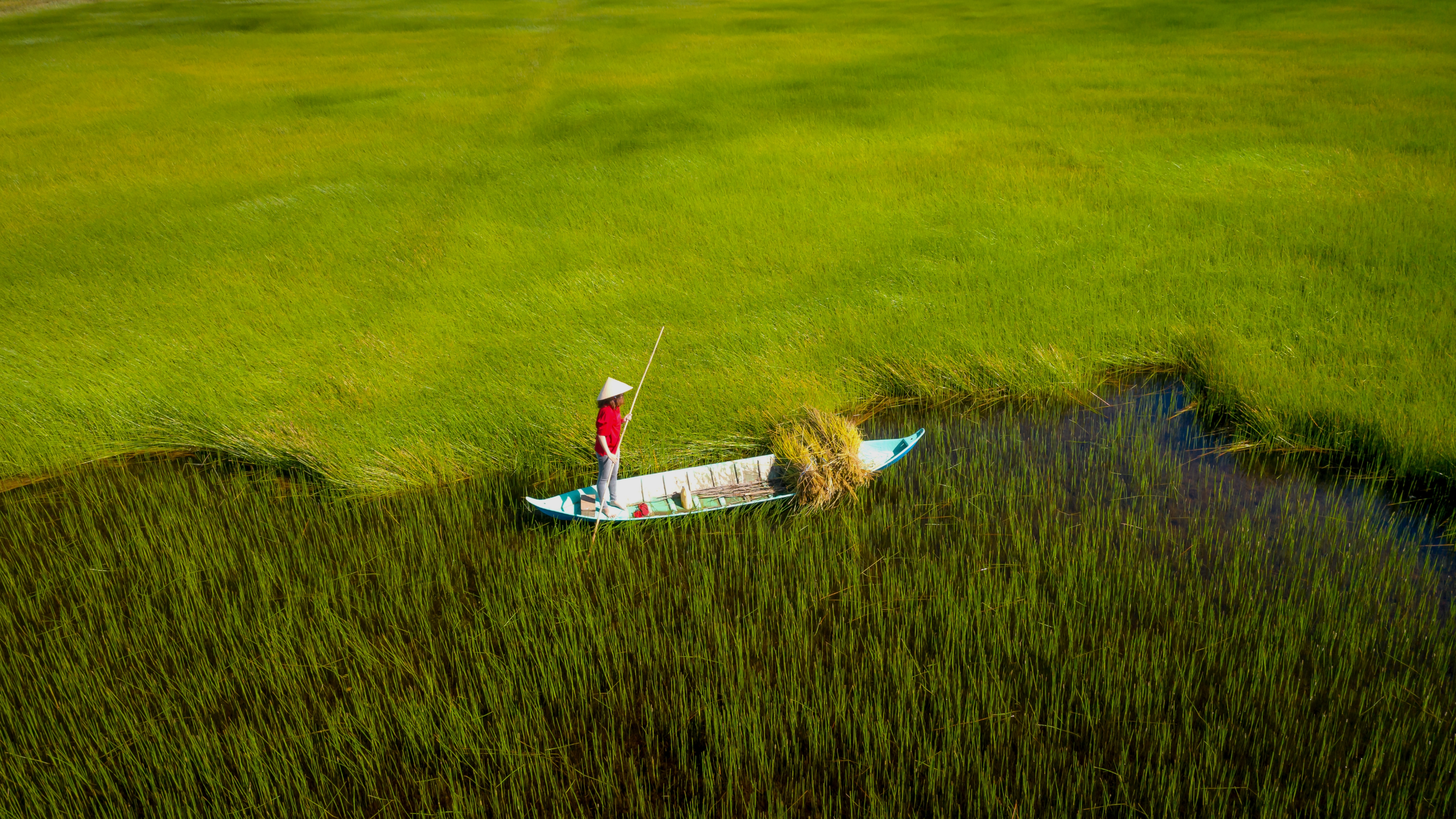
The National Ecosystem Assessment (NEA) Initiative at UNEP-WCMC is a nationally-driven process to develop an up-to-date, comprehensive and critical synthesis of knowledge on biodiversity and ecosystem services and their links to people. These assessments are contextualized to suit national needs and respond to specific policy questions. The Vietnam National Ecosystem Assessment (Vietnam NEA) provides information about the status of wetlands, drivers of loss and their links to people. This information is important for policy-making to ensure the conservation and sustainable use of wetlands.
As we celebrate World Wetlands Day 2024, let us look at how the Vietnam NEA helps policymakers and practitioners recognise the importance and multiple values of wetlands, and their significant role sustaining human life in Vietnam. Unless otherwise noted, the source of information for the content is the Vietnam NEA and Summary for Policymakers concluded in 2021.
In Vietnam, wetlands directly provide a source of livelihood for millions of people – through agriculture and aquaculture production, access to clean water, transport and tourism. They play a vital role in the lives of local people, contribute to socio-economic development and alleviating poverty and hunger.
Wetlands possessing a range of ecosystem services, biodiversity, important social and economic function and cultural values can be found across Vietnam in great diversity.
In recognition of the importance of wetlands, Vietnam joined the Ramsar Convention on Wetlands in 1989 as the 50th State Member. Over the last 15 years, Vietnam has initiated various efforts for the conservation, use and management of wetlands following the Ramsar Convention's objectives.
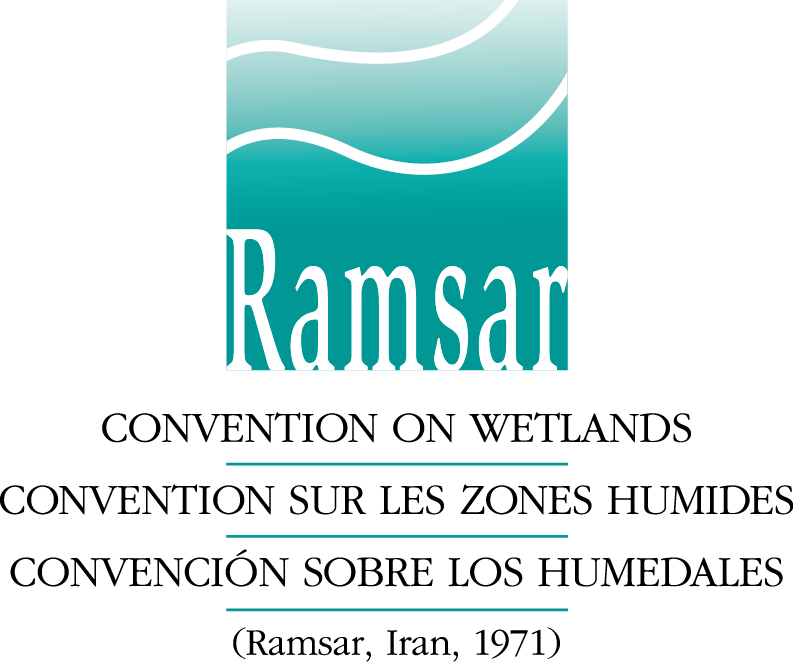
According to the Vietnam NEA, the total area covered by wetlands in Vietnam is 11,847,975 hectares.
Wetlands in Vietnam are classified into three groups:
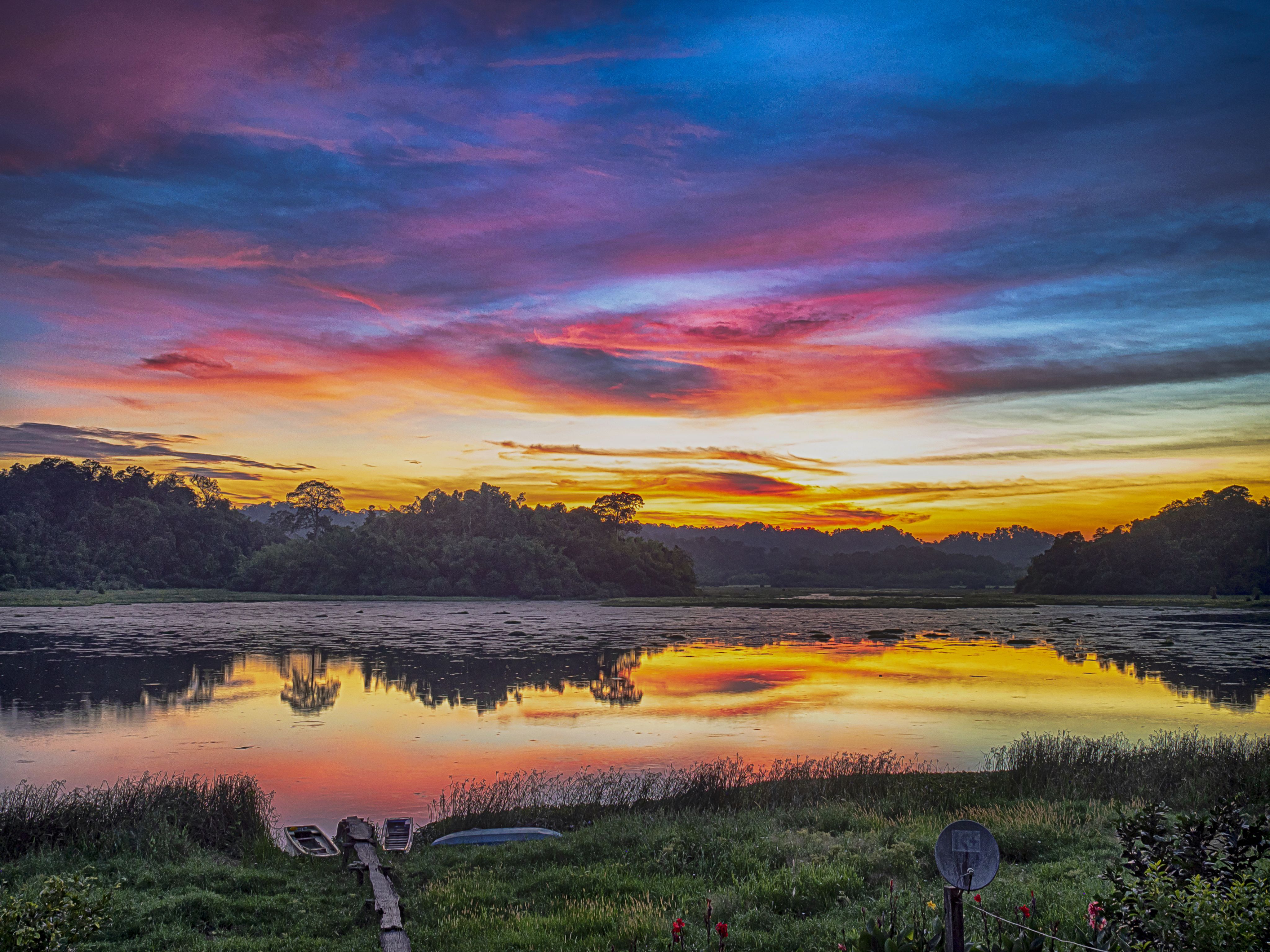
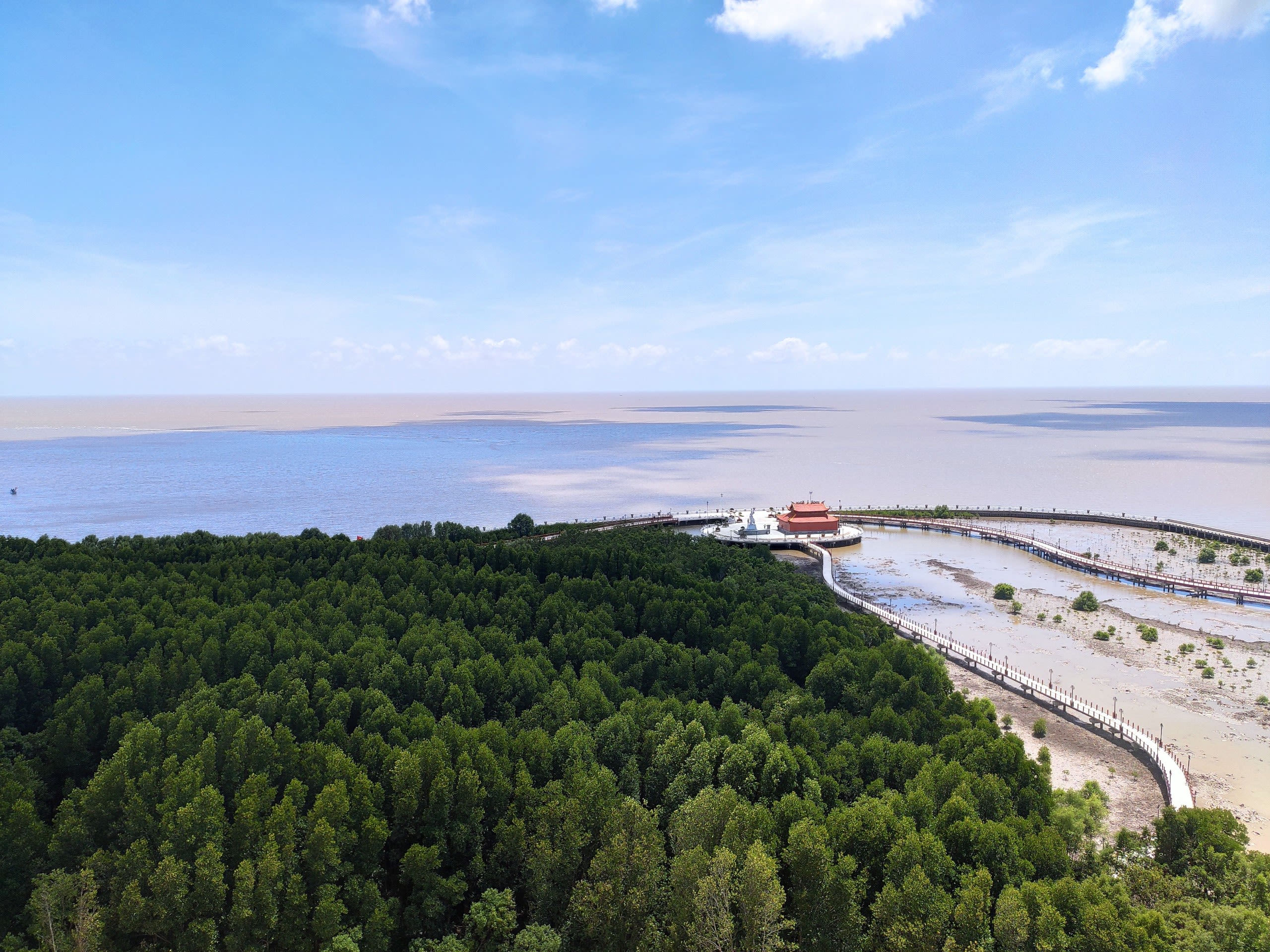
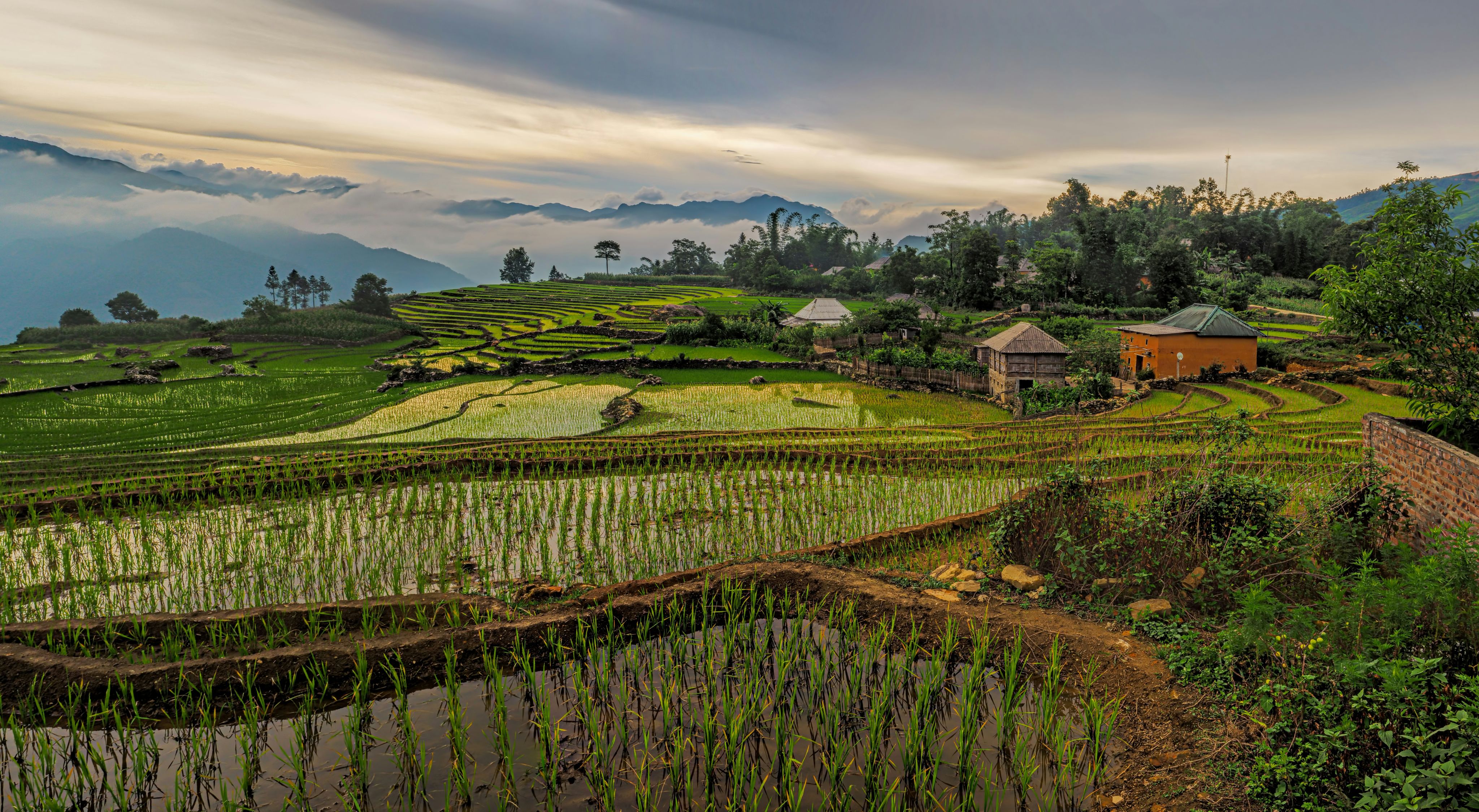
(i) Inland wetlands
Inland wetlands (also called fresh wetlands) are wetlands located on the mainland or near the coast. There are eight types of inland wetlands.
(ii) Marine and coastal wetlands
Marine and coastal wetlands that are salty or brackish wetlands in coastal areas, around islands, influenced by tides. There are nine types in this group of marine and coastal wetlands.
(iii) Artificial wetlands
Artificial wetlands are waters formed by human action. There are nine types in this group of artificial wetlands.
Socio-economic significance of wetlands in Vietnam
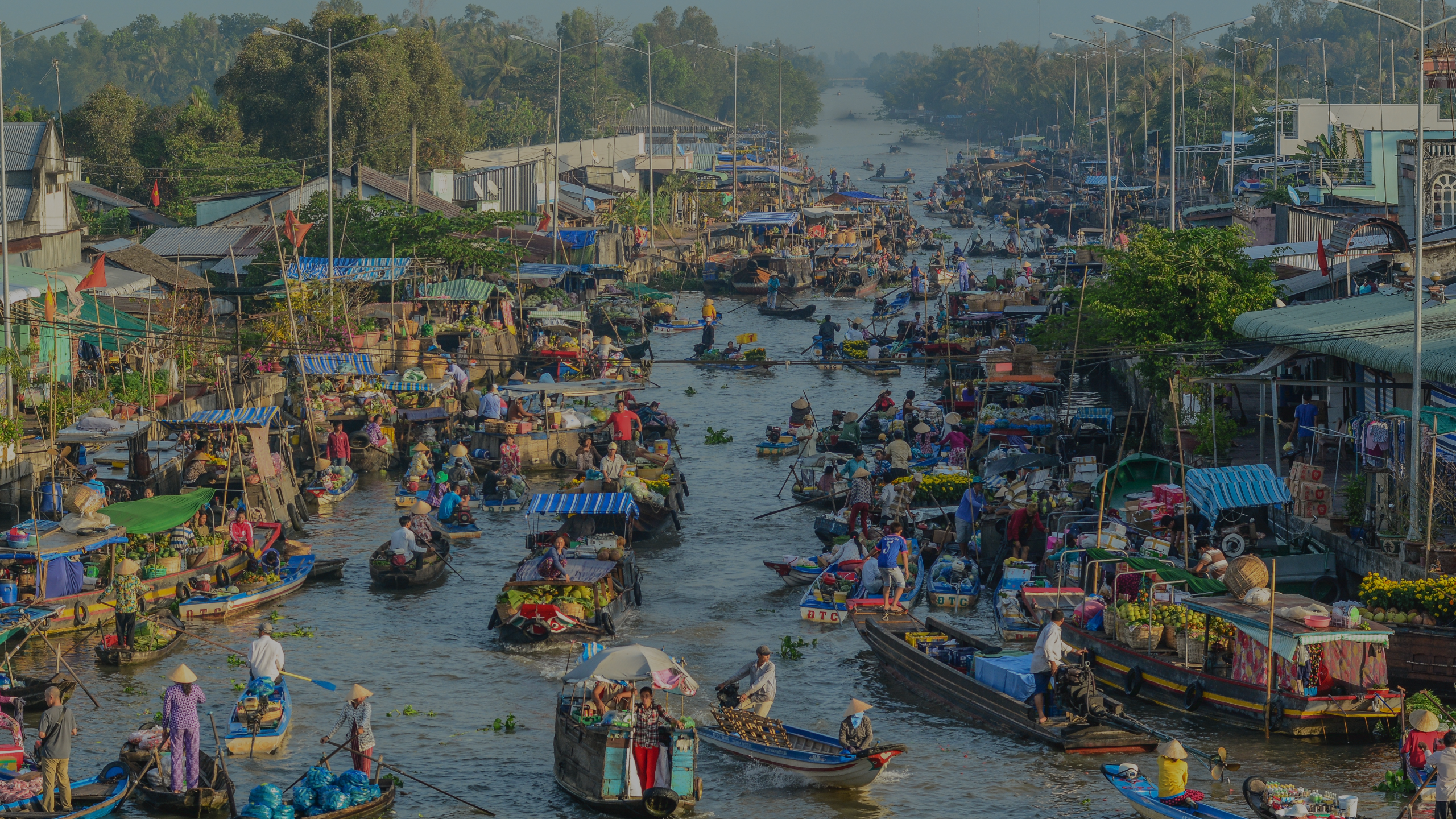
The multiple benefits and services offered by wetlands are irrevocably tied to human prosperity and are essential to achieving sustainable development in Vietnam.
Vietnam's wetland ecosystems are closely linked to the cultural and religious formation of many local communities. Nature reserves with wetlands such as Ba Be National Park, Phong Nha-Ke Bang National Park or protected areas of mangrove forests have been developed to provide opportunities for ecotourism, scientific research and education.
Inland water ecosystems make a substantial contribution by providing aquatic products for food and nutrition, sustainable livelihoods, economic growth and employment. Their contribution helps in meeting domestic and export demands of aquatic products. In 2019, the catch of aquatic products in domestic freshwater ecosystems reached over 200 thousand tons.
The total area of aquaculture including both brackish-salty and freshwater farming in 2019 was about 730 thousand ha, with an estimated output of 4 million tons, making a major contribution to seafood export turnover in 2019 (about 8.60 billion USD).
The Mekong River Delta
Photo: View of the Mekong River Delta from space by NASA/February 1996
Just before the Mekong River meets the South China Sea, it forms a huge and very productive delta known in Vietnam as Cuu Long Delta but more popularly referred to as the Mekong Delta. It is one of Asia’s largest deltas. Seventy-one per cent of the delta lies in Vietnam while the rest is in Cambodia.
In Vietnam, the delta covers an area of around 3.9 million ha. Despite representing just 12% of the country's total land area, it is the most important food-producing region in the country. (Source: Wetlands Management in Vietnam’s Mekong Delta: An Overview of the Pressures and Responses) and accounts for 41% of the country’s total wetland area. The region is home to nearly 20 million people and is one of the most fertile and productive deltas in the world.
By providing 55% of rice grown in the country (22-24 million tons of rice, feeding 145 million people worldwide), 65% of the country’s fruit (4 million tons) and 74% of the country’s aquaculture output (3.5 million tons), the Mekong River Delta is the most important agricultural region in Vietnam, contributing 20% of the country’s GDP.
Building Resilience to Climate Change
Wetland ecosystems provide water regulation, groundwater regeneration, flood control and storm mitigation services. In addition to the ability to store carbon, coastal mangrove ecosystems also have the value of protecting and developing the shoreline, by holding and increasing the amount of sediments, filtering water, and reducing the impact of storms on coastal areas.
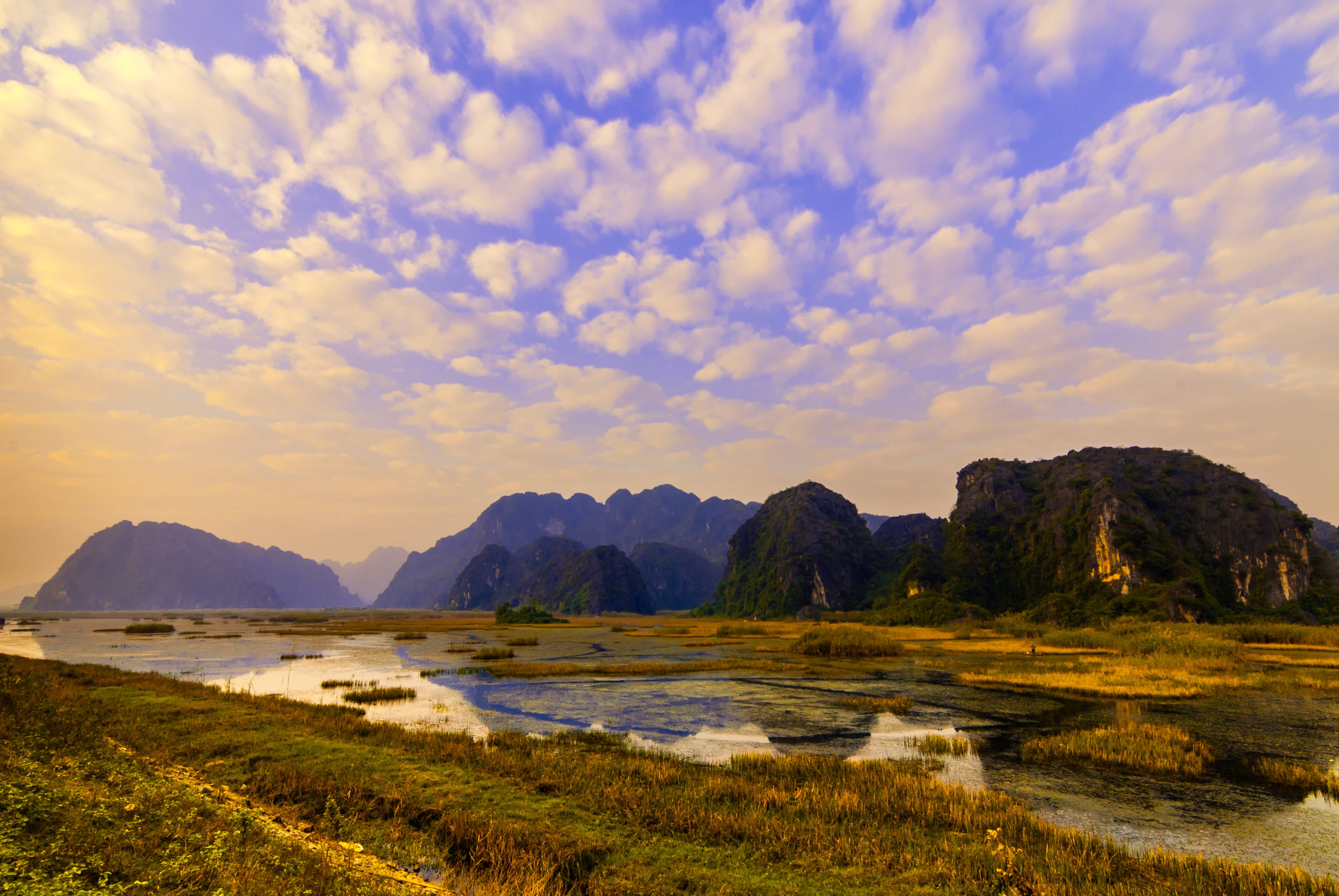
Van Long Wetland Nature Reserve. Photo by Hòa Nguyễn, CC BY 2.0, via Wikimedia Commons.
Van Long Wetland Nature Reserve. Photo by Hòa Nguyễn, CC BY 2.0, via Wikimedia Commons.
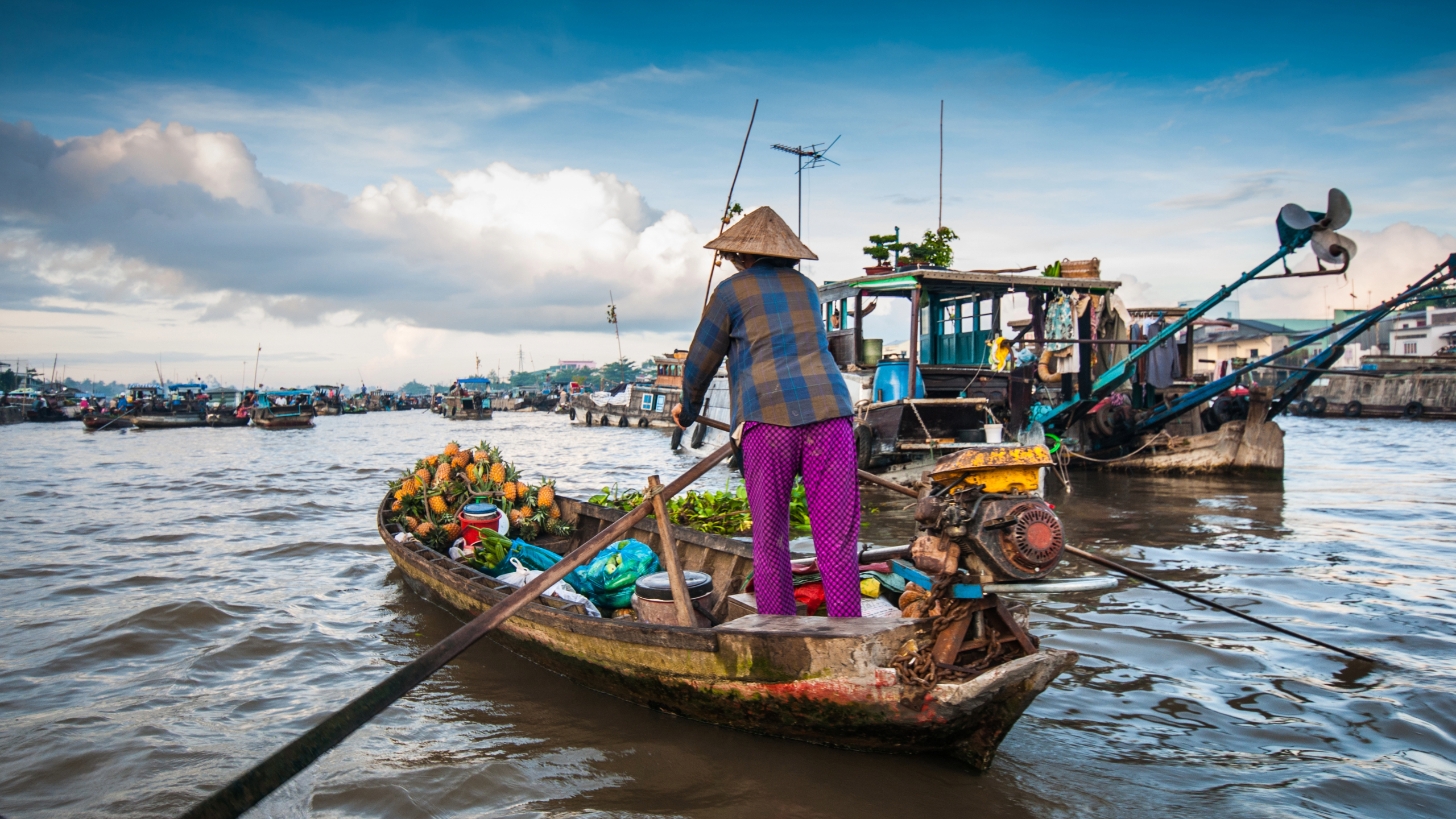
Can Rang Floating Market, Can Tho, Vietnam. Photo by filmlandscape via Adobe Stock
Can Rang Floating Market, Can Tho, Vietnam. Photo by filmlandscape via Adobe Stock
Policy measures to maintain and enhance wetland ecosystems in Vietnam
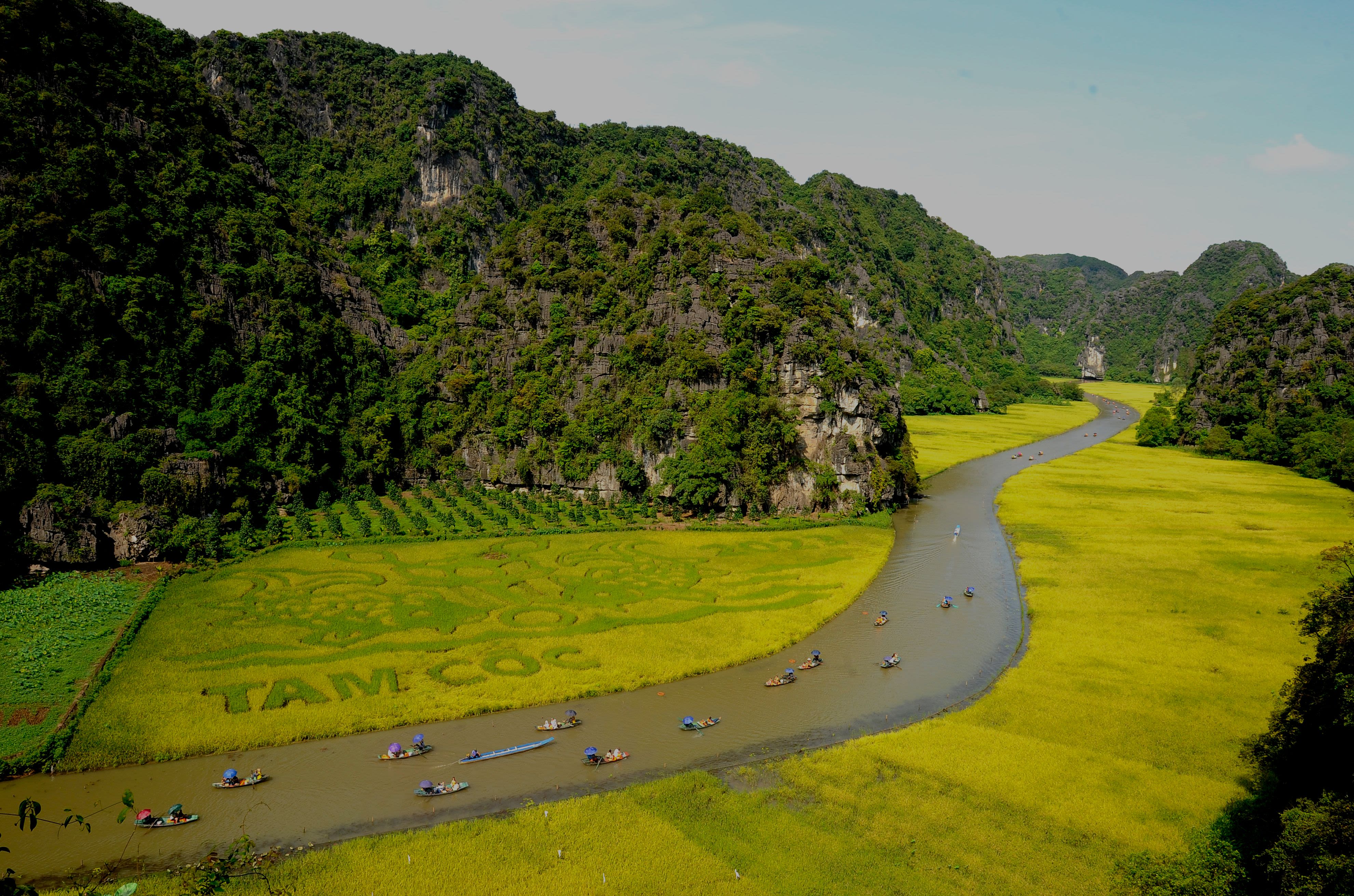
Vietnam’s NEA acknowledged that existing policy measures have made significant contributions to maintaining and enhancing wetland ecosystems. For example, the assessment points that in 2019, the Government issued a Decree (no. 66/2019/ND-CP) on the conservation and sustainable use of wetlands. This Decree stipulates sharing of benefits from ecosystem services of important wetlands (outside the protected area), declaring that stakeholders are required to share benefits from an important wetland ecosystem service; and specifying benefit-sharing activities on important wetlands. The assessment points to this as a first basis for a policy on payment for wetland ecosystem services that has been initially institutionalized through the provisions of the Decree. However, the assessment notes that, the provisions on the payment price of the entities used for each type of service have not been mentioned. Therefore, it is necessary to have separate policy documents to develop, pilot and implement the policy of payment for wetland ecosystem services in Vietnam.
Furthermore, the Vietnam NEA noted that the percentage of policy documents for wetlands ecosystems is very limited, accounting for only 4.5% of the total policy documents on biodiversity conservation, while this ecosystem plays an important role in ensuring socio-economic well-being in Vietnam.
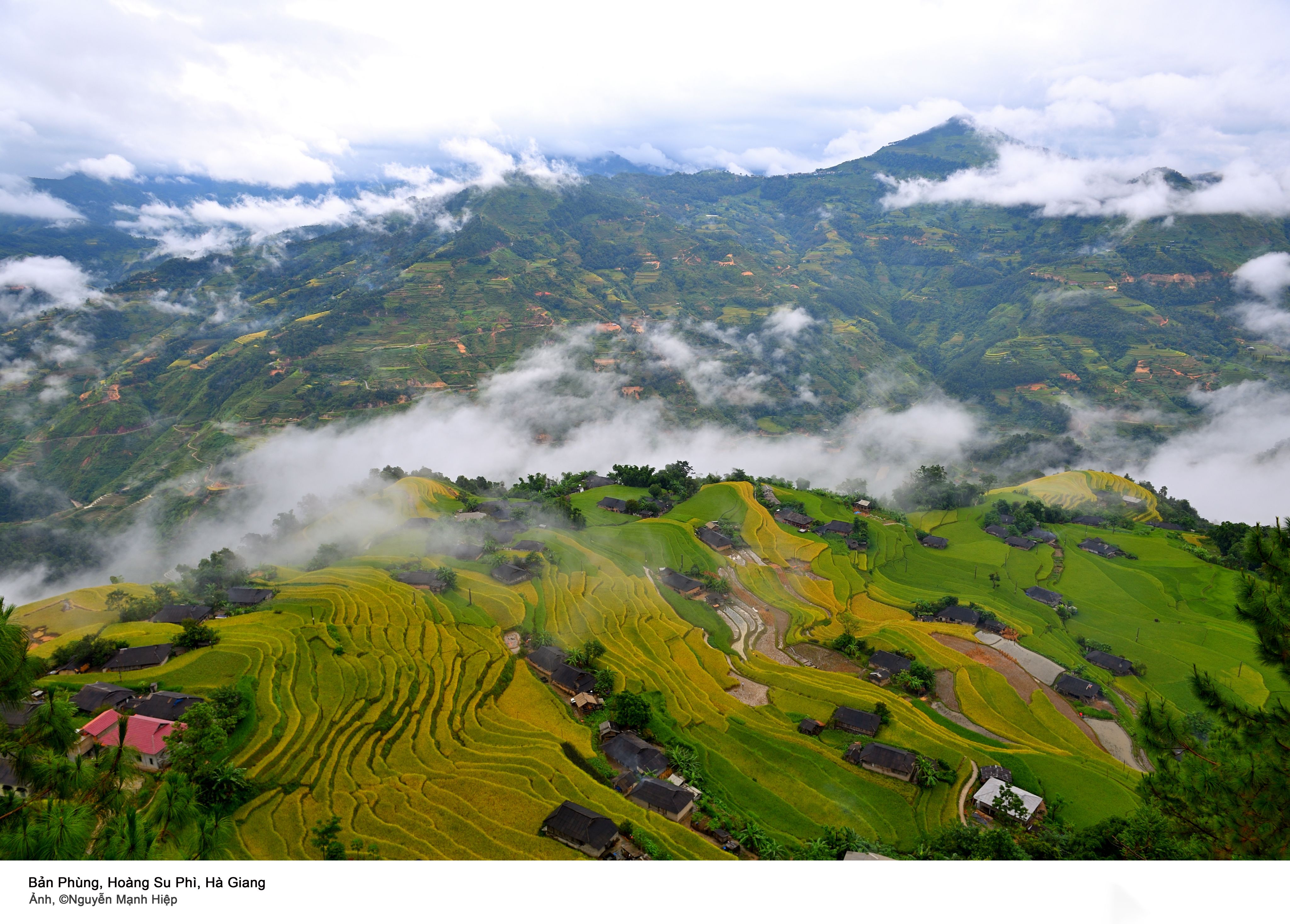
Bản Phùng, Hoàng Su Phì District, Ha Giang, Vietnam. Photo by Nguyễn-Mạnh-Hiệp.
Bản Phùng, Hoàng Su Phì District, Ha Giang, Vietnam. Photo by Nguyễn-Mạnh-Hiệp.
In particular, the assessment stressed, there is no policy on payments for wetland ecosystem services and marine ecosystem services while these ecosystems provide many important services to people such as food, fisheries, tourism, relaxation and environmental and climate regulation. It is necessary to have a mechanism and policy for the payment of wetland and marine ecosystem services in the form of a Government Decree, as is available with payments for forest environmental services.
To that end, the assessment proposes a pilot policy on payments for wetland ecosystems services which must include appropriate benefit-sharing mechanisms between service users and service providers; a support mechanism; and payment rates of users for each type of service. After the successful implementation of the pilot policy, the assessment recommends that the Government issue a higher legal document to mobilise organisations and individuals to participate in the conservation and sustainable development of ecosystems and their services through mechanisms and policies to pay for ecosystem services.
*****
The National Ecosystem Assessment Initiative (NEA Initiative) at UNEP-WCMC is part of the Biodiversity and Ecosystem Services Network (BES-Net), working in partnership with UNDP and UNESCO. Financial support for the NEA Initiative is being provided by the International Climate Initiative (IKI) of the German Federal Ministry for the Environment, Nature Conservation, Nuclear Safety, and Consumer Protection, the Norwegian Environmental Agency, the Japan Biodiversity Fund, and SwedBio.

